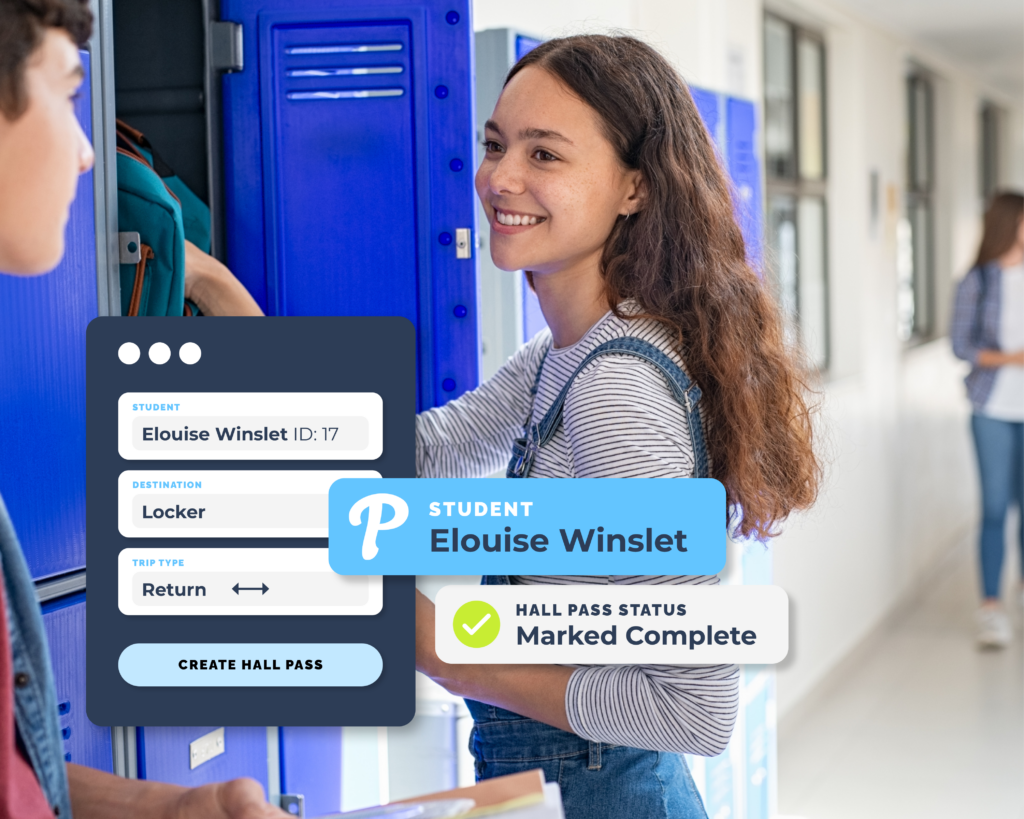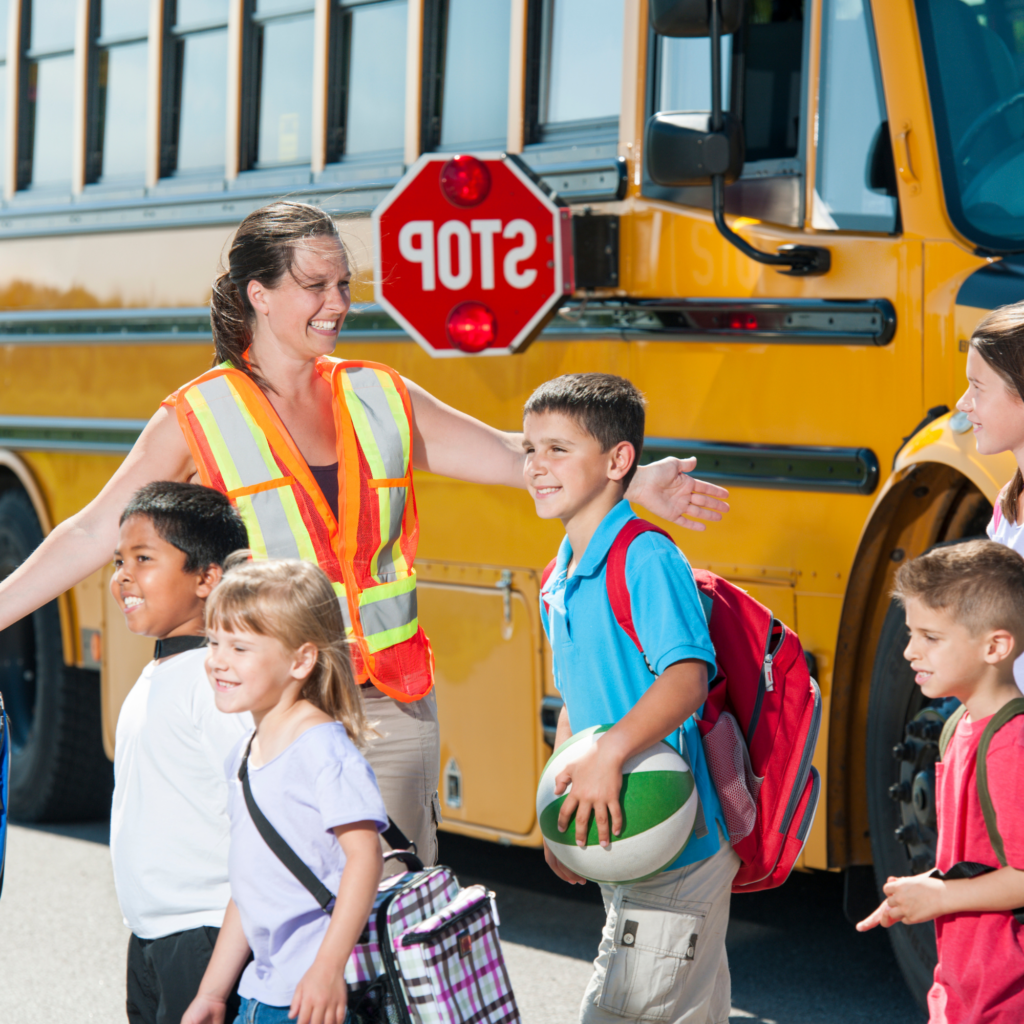As the summer sun begins to set, the excitement of a new school year starts to fill the air. The back-to-school season is a time of fresh starts, new beginnings, and the promise of academic and personal growth. To ensure a successful and fulfilling year ahead, it’s crucial to set the right tone from the very beginning. Whether you’re a student, teacher, or parent, here are some essential classroom do’s and don’ts to make the most out of this academic journey.

Do’s and Don’ts of the Classroom
Do: Create a Positive Classroom Environment
A positive classroom environment is the foundation for effective learning. Teachers should strive to create a safe, inclusive, and welcoming space where students feel comfortable expressing themselves and sharing their ideas.
Don’t: Allow Negativity to Thrive
Negative behaviors, such as bullying, exclusion, or disrespectful interactions, should not be tolerated. Address such behaviors promptly and sensitively to maintain a positive atmosphere that supports learning and personal growth.
Do: Foster a Positive Mindset
Starting the school year with a positive mindset can significantly impact your experience. Students, teachers, and parents alike should encourage a growth-oriented mindset that embraces challenges as opportunities for learning. Emphasize the importance of mistakes and setbacks as valuable learning experiences, rather than sources of frustration.
Don’t: Dismiss Challenges
Avoid framing challenges as overwhelming obstacles. Instead, view them as chances to develop problem-solving skills and resilience. Encourage students to ask questions and seek help when needed, promoting a culture of collaboration and growth.
Do: Set Clear Expectations
Clear expectations are the basis of a well-functioning classroom. Outline rules, routines, and academic goals early on, ensuring that everyone understands their roles and responsibilities.
Don’t: Assume Prior Knowledge
Never assume that students know the rules or routines without explicitly explaining them, and repeating them. Clarify any doubts, so everyone is on the same page and can confidently participate.
Do: Establish Clear Goals
Setting clear goals for the school year is essential for both students and educators. Goals provide direction and purpose, helping students stay motivated and engaged throughout the year. Teachers can also set goals for their classrooms, such as fostering a sense of community, improving communication skills, or enhancing critical thinking abilities.
Don’t: Overwhelm with Unrealistic Expectations
While setting goals is important, it’s equally crucial not to overwhelm students or yourself with unrealistic expectations. Goals should be challenging yet achievable, ensuring that progress is celebrated and setbacks are seen as temporary roadblocks, not failures.
Do: Embrace Technology Thoughtfully
Integrate technology that enhances learning experiences, improves processes and helps keep students safe and secure. Utilize educational apps, online resources, and interactive tools to reinforce concepts and facilitate independent exploration.
Don’t: Overwhelm with Technology
Avoid overwhelming students, staff and parents with an excessive use of technology. Maintain a balance between digital and traditional teaching methods to ensure a well-rounded education. Integrate multi-functional software which helps streamline processes.

Do: Cultivate a Respectful Environment
Teach and model respectful behavior among students. Encourage active listening, empathy, and constructive communication to create a more peaceful classroom atmosphere.
Don’t: Tolerate Disrespectful Behavior
Address any instances of disrespect promptly and assertively. Uphold a zero-tolerance policy for bullying, teasing, or discriminatory behavior.
Do: Embrace Active Learning
Active learning techniques, such as group discussions, hands-on projects, and interactive activities, can enhance students’ understanding and retention of the material. Incorporate a variety of teaching methods to cater to different learning styles.
Don’t: Rely Solely on Passive Teaching
Avoid relying solely on lectures and rote memorization. Passive teaching methods might not fully engage students and could limit their ability to grasp complex concepts. Strive for a balanced approach that encourages active participation.
Do: Prioritize Effective Communication
Clear communication between students, teachers, administrators and parents is crucial for a successful school year. Regularly update parents on classroom activities and progress, and encourage open lines of communication with students to address their concerns and questions.
Don’t: Underestimate the Power of Listening
Communication is a two-way street. Teachers should actively listen to students’ feedback and adapt their teaching strategies accordingly. This not only demonstrates respect for students’ opinions but also helps tailor the learning experience to their needs.
Do: Foster a Growth Mindset
Promote the idea that intelligence and abilities can be developed through effort and learning. Encourage students to embrace challenges and view mistakes as opportunities for growth.
Don’t: Praise Effort Without Progress
While praising effort is important, it’s equally crucial to provide constructive feedback and guidance for improvement. Balance your feedback to help students navigate challenges effectively.
Do: Encourage Critical Thinking
Challenge students to think critically and solve problems independently. Present real-world scenarios that require analytical skills, promoting a deeper understanding of concepts.
Don’t: Spoon-feed Information
Avoid providing all the answers. Instead, guide students through a thought-provoking process that empowers them to arrive at their own conclusions.
Do: Practice Self-Care
For both students and educators, self-care is essential for maintaining physical and mental well-being. Encourage regular breaks, physical activity, and hobbies that promote relaxation and stress relief.
Don’t: Neglect Well-being
Overloading students with excessive assignments or pressuring them to excel at all costs can lead to burnout and mental health issues. Similarly, teachers need to balance their professional responsibilities with personal well-being to deliver their best selves to the classroom.

Pikmykid’s Full Dismissal and Safety Solution Can Positively Impact Your Schools
Schools have a lot to handle daily; supporting students in their learning experience, keeping the students safe while doing so, as well as communicating with parents and the community to encourage them to stay involved.
Pikmykid offers a full dismissal and safety platform with several features that can help manage these “Daily Do’s” all in one place.
The Pikmykid platform runs on the devices you already have and use daily, making it a seamless experience managing daily and emergency operations all in one place. Instead of overwhelming teachers and staff with a separate tool or process for everything, you allow them to save time and focus on what matters most, educating their students.
Have a Successful New School Year
As the school bells ring and the classrooms fill with eager minds, remember that a successful school year is built upon a foundation of positivity, effective communication, and a growth mindset. By embracing these do’s and avoiding the corresponding don’ts, students, teachers, and parents can collaboratively create an enriching educational experience that sets the stage for lifelong learning and personal development. So, here’s to a new academic journey filled with excitement, growth, and endless possibilities!


